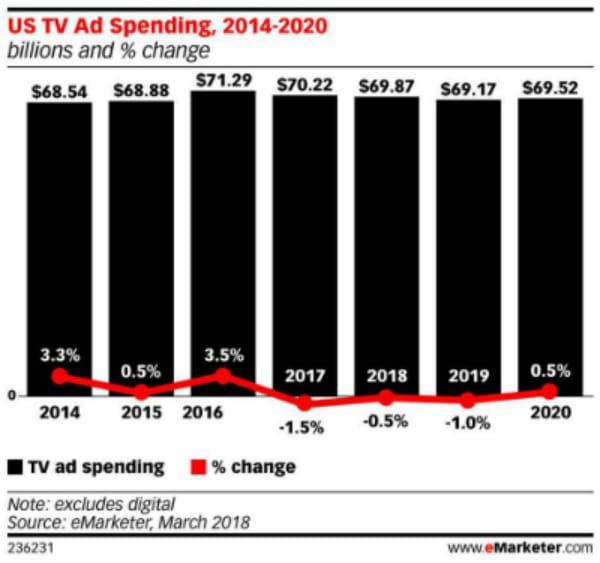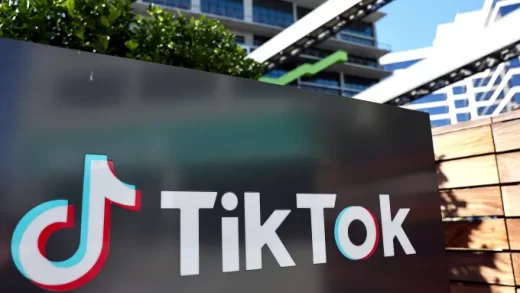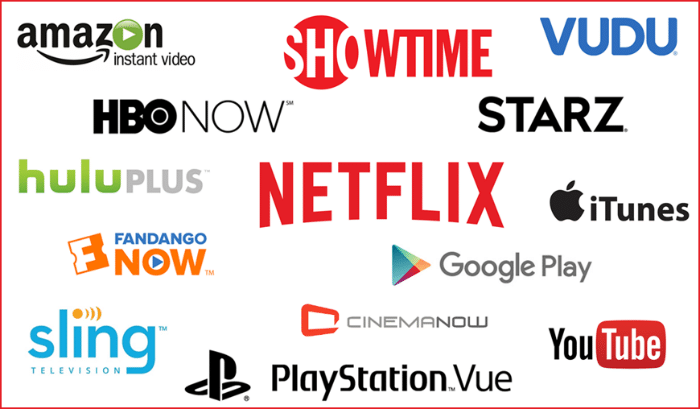When’s the last time you met someone without access to a Netflix account?
My parents and grandparents come to mind, but besides that, I draw a blank. Now, ask someone if they have cable. Again, my parents and my grandparents do. Yet, none of my peers, who are in their twenties, have cable. There is an obvious divide of those that use streaming services, premium channels, and broadcast networks. How has this affecting the way we consume media?
There’s no doubt about it, cable television is drastically decreasing every year. According to Time.com (2017), “In the last quarter, 527,000 subscribers cut the cord. In the three months prior, more than 750,000 people canceled their accounts—the industry’s worst stretch yet.” Not only is there a reduction in cable users, but there is also an increase in streaming users. In the past 12 months, Amazon Prime doubled its subscribers to more than 80 million accounts. Netflix has more than 50 million accounts. There are also more than 130 million streaming boxes, which is almost three times the amount of cable users. Many of those that once had cable for premium networks now use HBO Go, as well as Amazon Video, to watch shows such as Game of Thrones, Shameless, Sharp Objects, etc. Another complaint is that many of the channels do not hold a viewer’s interest. There is a lot of content but many of the critically acclaimed shows are Netflix originals or on premium channels.
What are some ways that broadcasting networks are attempting to deal with this revenue loss? Unfortunately, they have laid off employees while also making cable more expensive. This is pushing away viewers even more. There are, however, some positives for broadcasting networks, and the biggest is live programming, especially for sports. But, Amazon Prime is attempting to tap into this market with NFL streaming. Broadcast television has also been attempting to make linear TV vital again. They perceive the episodes airing weekly as a benefit. Viacom comments, “We want people to watch it. We want people to have a conversation about it.” Lastly, many broadcasting networks, such as FX, have joined forces with Disney. One of Disney’s goals is to stay competitive with streaming services.
FX is a cable network and it is part of the group, including 20th Television and 21st Century Fox that is being absorbed by Disney. The actual Fox Broadcasting network will stay intact with Murcoch.
Streaming services have noticeably affected broadcast networks, but how has it affected commercial advertisers? According to emarketer.com, “Spending on TV ads fell for the first time in 2017, and will slip another 0.5% this year to $69.87 billion as more Americans ditch standard TV packages”. It is likely to rise again for the 2020 Olympics but, after that, it will begin to spiral downward. Simultaneously, total digital ad spending in the US will rise 18.7% this year to $107.30 billion.” Streaming platforms, such as Roku, will see a 93% growth, in advertisement spending, over 2017. Hulu’s ad business is also increasing more than 13%. Overall, commercial advertisers are adjusting their methods

What is the watcher’s point of views on this? A good example is the recent uproar Netflix subscribers had over the company wanting to show adds. According to Variety.com, 23% of subscribers said they would drop Netflix while only 14% said they would definitely retain their subscription. For me personally, I dislike advertisements. Not only are they repetitive and boring but they also take up time used to binge-watch a show. Many others feel the same.
So, what’s your opinion, will the broadcast networks be able to compete with the streamers in the next 5 to 10 years?
Lauren Hoke, Guest Writer





